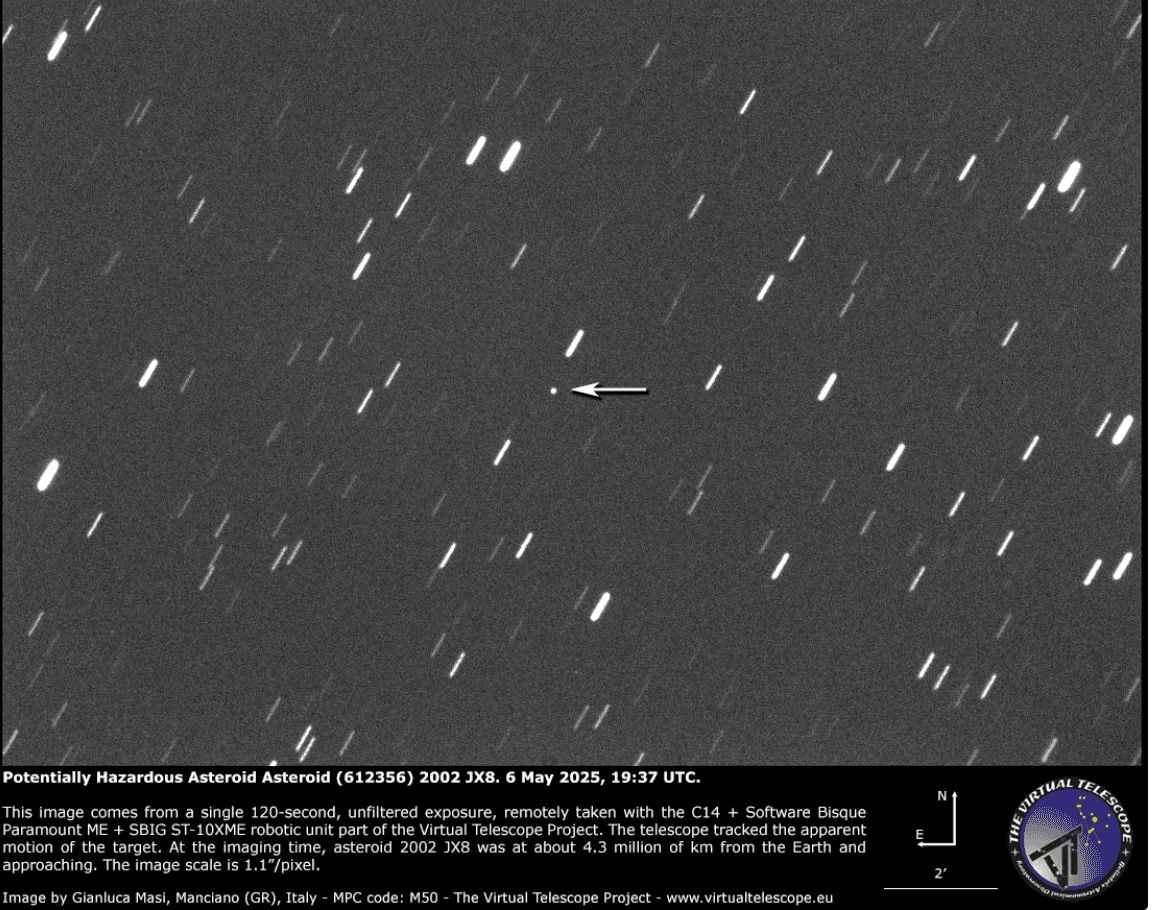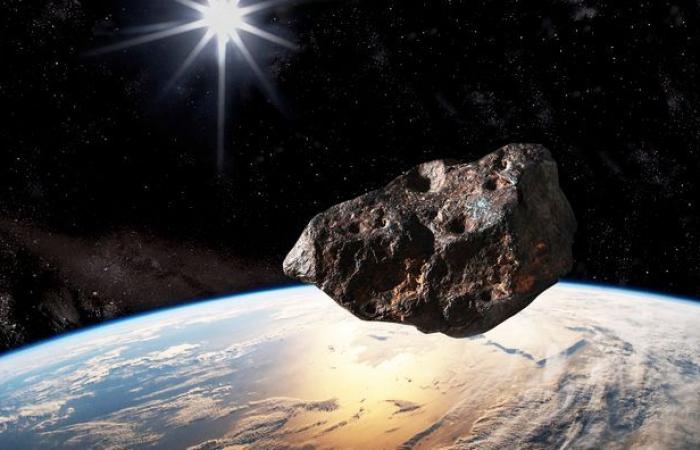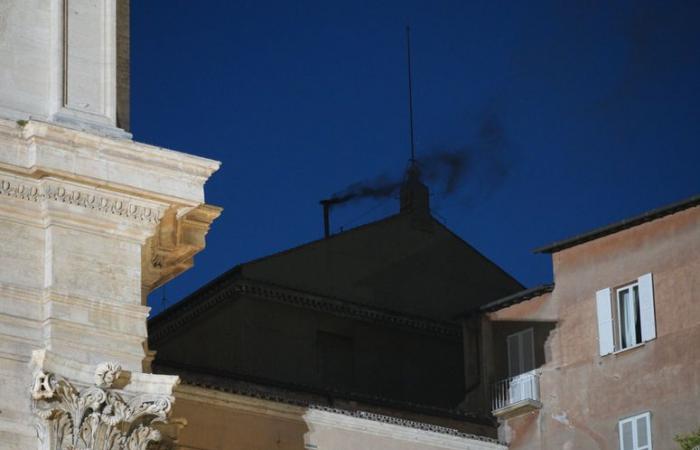On Friday, May 9, the Asteroid (612356) 2002 JX8 “will visit” the Earth. According to current forecasts, at the time of greatest approximation you will find about 4.2 million kilometers from our planet, more than ten times the distance that separates us from the moon, on average. According to experts, it will not be close enough to represent a risk of collision, but close enough to be able to observe and film it with sufficiently powerful instruments. The maximum approach is scheduled for 6:02 AM CST (Mexico time), and its passage will be broadcast live on the Virtual Telescope Project website starting at 5:30 pm on Thursday, May 8.
Black or white smoke? Waiting for a new Pope, this is the chemistry behind the smoke of the conclave
At the beginning of the 20th century, the Vatican established a color code to communicate the results of the voting rounds in the conclave. Today he uses a series of chemical compounds to announce the choice of a new Pope.
What do we know about the asteroid (612356) 2002 JX8?
It is between 250 and 600 meters in diameter and was discovered exactly 23 years ago, on May 4, 2002. “This medium -sized asteroid passes safely near Earth several times, and also regularly visits Venus, which is usually closer to our planet,” explains Juan Luis Cano, of the Planetary Defense Office of the European Space Agency (ESA).
-In the next few days, the celestial body will cross the constellations of the swan, the dragon, the minor bear and the giraffe. Between May 8 and 9, it will be less than 10 degrees from the polar star. The asteroid orbit the sun every 247 days, that is, 0.68 years. Based on its brightness and the way it reflects the light, 2002 JX8 probably has between 0.149 and 0.668 kilometers in diameter, which makes it larger than 90% of asteroids, although tiny compared to those of greater size. Specialists compare their size with that of the United States Capitol.

Virtual Telescope Project
According to experts, including ESA, the risk of impact with the earth is zero. Gianluca Masi, astrophysical and scientific responsible for the Virtual Telescope Project, explains that “its step will be safe, but will allow images of an object of that specific category and significant size, even with small telescopes.” Masi adds that the asteroid (612356) 2002 JX8 can be photographed with instruments that have an objective of between 100 and 150 millimeters in diameter, while to observe it live telescopes will be necessary with great opening. Those who do not have them can continue to enjoy the show from the comfort of their homes, connecting to the Virtual Telescope Project website.
Article originally published in WIRED Italia. Adapted by Alondra Flores.








